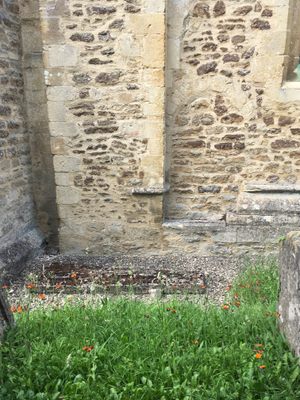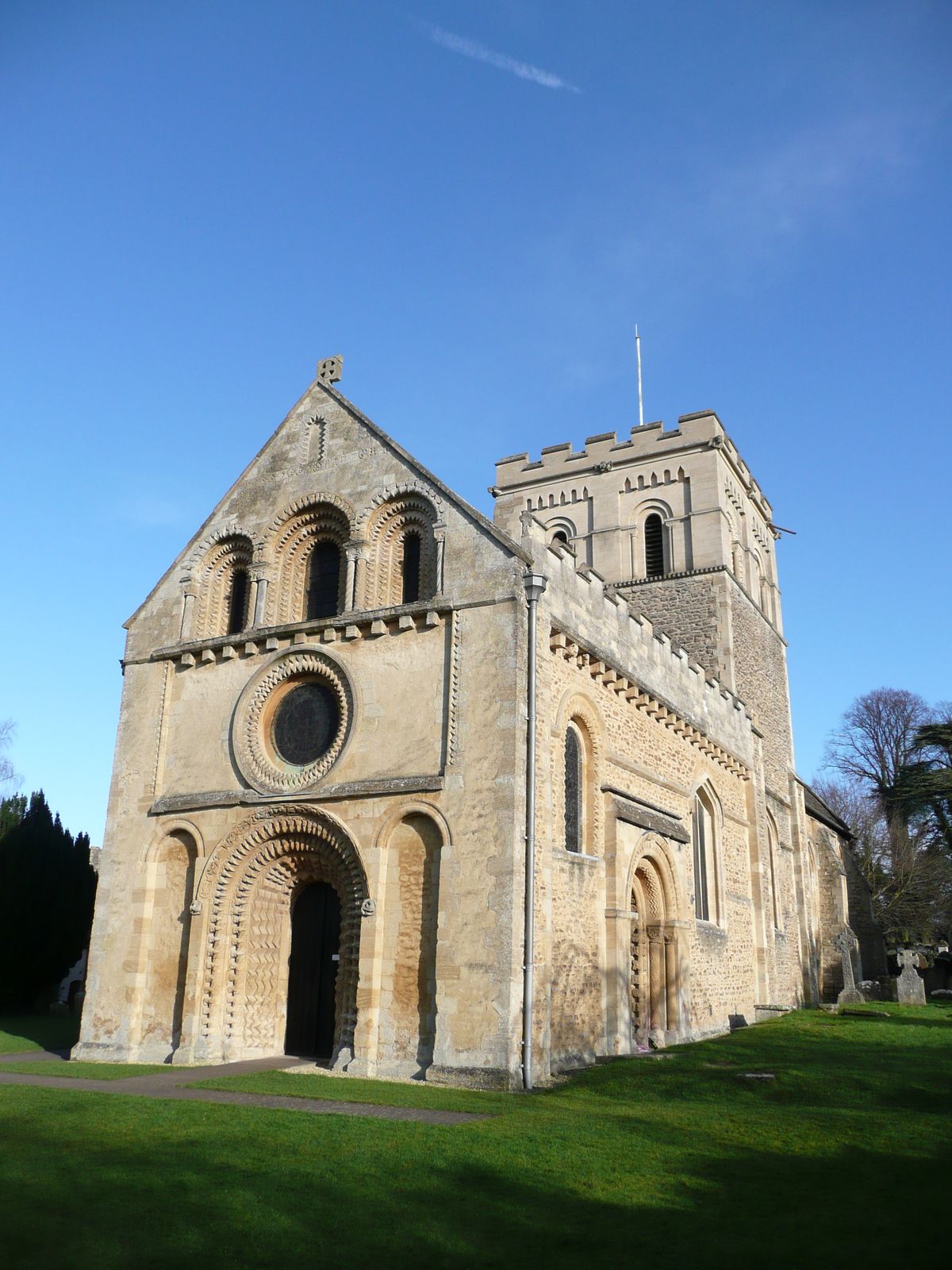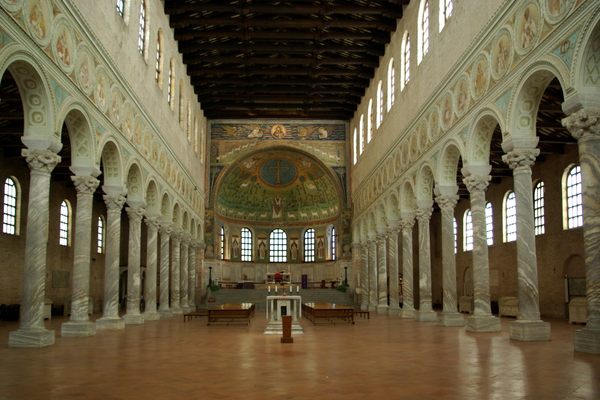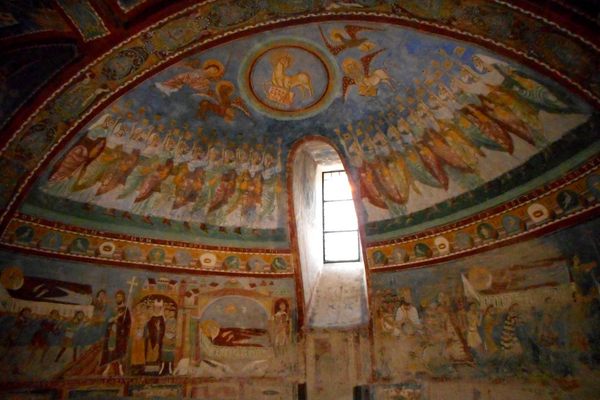About
Along the south side of an idyllic 12th-century Norman parish church, you'll find a weathered tombstone set against the wall. Look closer, and you’ll see an ancient, filled archway standing behind it.
The tomb marks the final resting place of Annora, a woman who lived in the mid-1200s. Its position against the church wall is no coincidence. This is where her anchorhold (a tiny cell) was most likely constructed.
Annora was an anchoress, meaning she voluntarily removed herself from society and spent her days confined within the cell. Anchorites were considered “dead to the world" after choosing to be reborn into a life of seclusion and prayer. As they were seen as a source of wisdom, they provided spiritual advice to members of the community.
Annora, a wealthy widow and daughter of a once-powerful baron, spent nine years living in the tiny cell. She was one of 92 documented anchoresses to live in England during the 12th and 13th centuries (there were only 20 male anchorites during this period). Annora, like other anchoresses, still had some contact with community members who sought her counsel. She was also sent gifts, including ones from King Henry III himself. The arch near her anchorhold was likely once a window through which she could view the church's altar and services.
Death was frequently on her mind, thanks to the coffin lid placed on her floor as a constant reminder of mortality. After she did die, Annora was buried in the same place she had served, between the church wall and the yew tree.
Related Tags
Know Before You Go
For extra enjoyment, leave from Oxford and walk across the Folly Bridge and down the Thames Path to Iffley Lock. From there, you'll find St. Mary's just across the lock and up the village road.
Community Contributors
Added By
Published
February 5, 2018

























